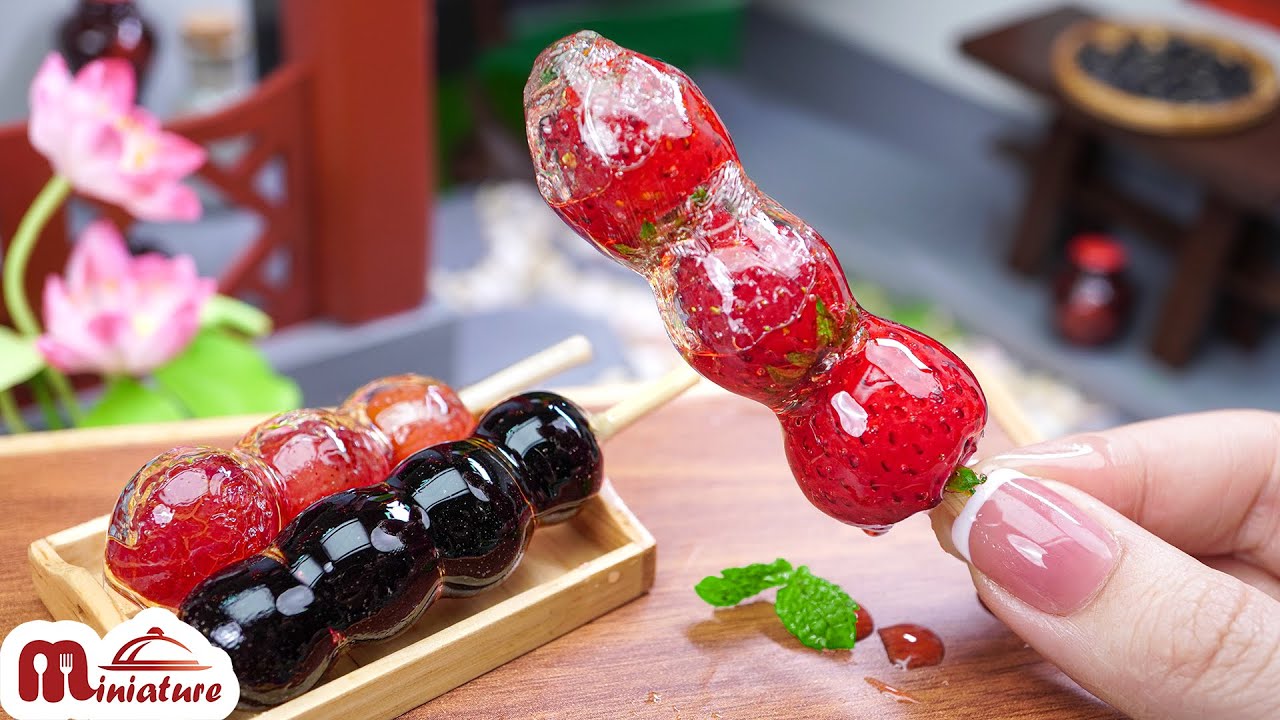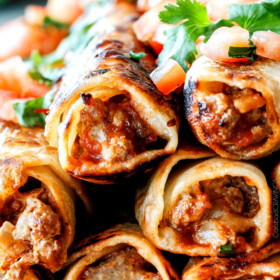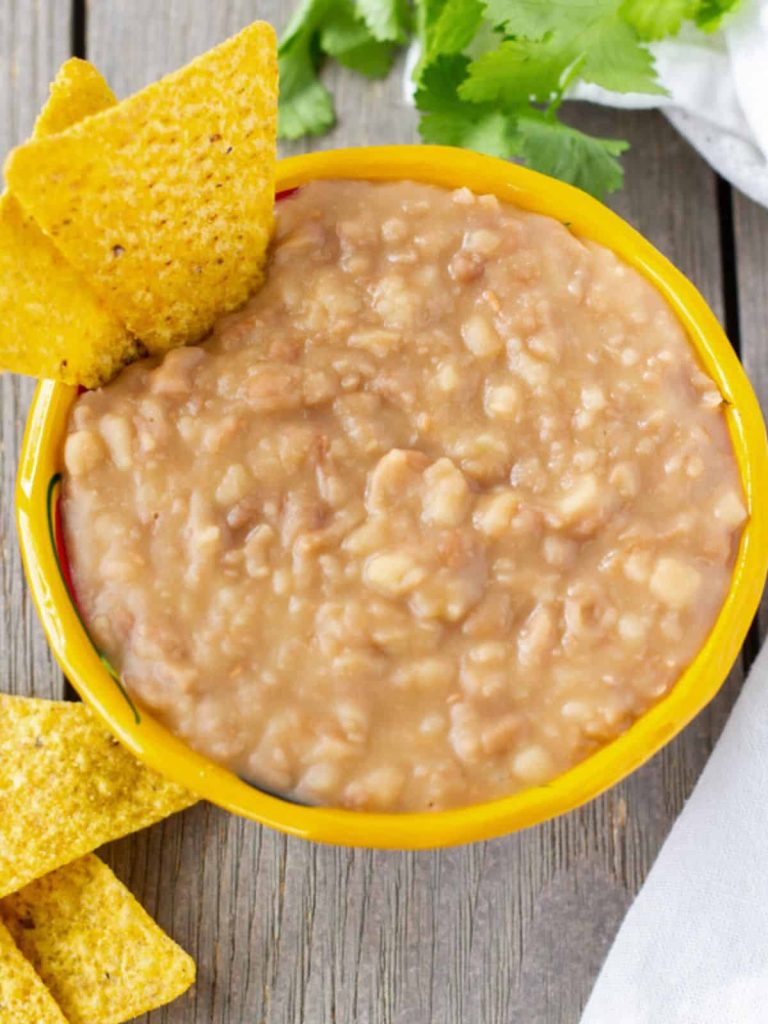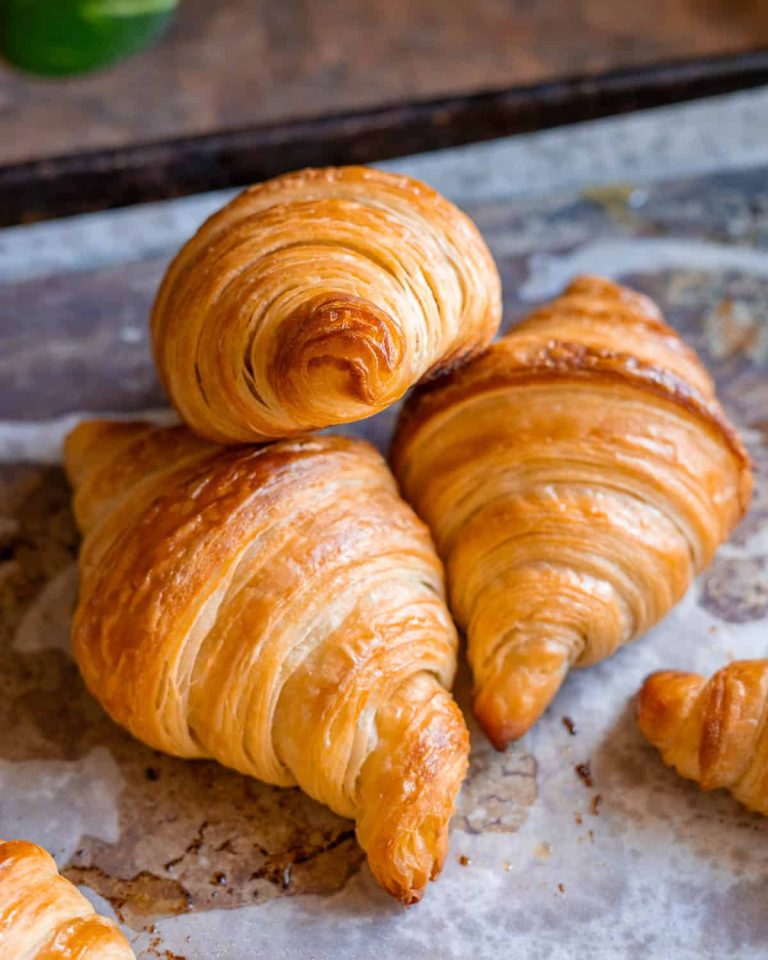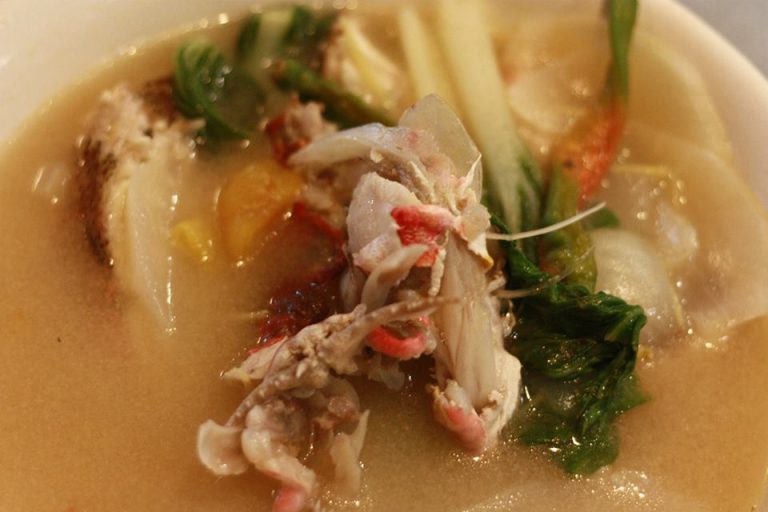Tanghulu: Exploring Traditional Chinese Flavors and Modern Innovations
Tanghulu holds a special place in Chinese culinary history. Originating during the Song Dynasty (960–1279 AD), it quickly became a street food favorite. According to historical records, Empress Dowager Cixi enjoyed tanghulu made from hawthorn berries. The combination of a hard candy coating and tart fruit captured the essence of sweet and sour flavors prominent in Chinese cuisine. Over centuries, tanghulu has remained a staple, symbolizing joy and prosperity during celebrations like the Chinese New Year.
Regional Variations and Popularity
Different regions in China add their unique twist to tanghulu. In Northern China, hawthorn berries, strawberries, and grapes, often featured prominently. Southern regions vary the fruits, incorporating pineapples, kiwis, and mandarin oranges. This regional diversity helped tanghulu spread across China, enhancing its popularity. Modern adaptations include the use of chocolate or sesame seeds in the candy coating, appealing to contemporary tastes while preserving traditional flavors. Tanghulu’s global appeal continues to grow, making it a beloved treat beyond its Chinese origins.
How Tanghulu Is Made
Ingredients and Equipment Needed
To make Tanghulu, you’ll need specific ingredients and equipment. Use fresh fruits like hawthorn berries, strawberries, or grapes. You’ll also need granulated sugar and water for the candy coating. Ensure the fruits are washed and dried thoroughly before use.
For equipment, gather wooden skewers, a saucepan, and a candy thermometer. Use parchment paper to prevent sticking and a tray for cooling. These items help maintain the structure and quality of Tanghulu during preparation.
- Prepare Fruits: Wash and dry the fruits completely. Insert wooden skewers through the center of each fruit, ensuring a firm hold.
- Make Candy Coating: Combine equal parts granulated sugar and water in a saucepan. Heat over medium flame, stirring until sugar dissolves. Use a candy thermometer to monitor the mixture.
- Achieve Right Temperature: Allow the sugar solution to reach 300°F (150°C). This temperature ensures a hard candy shell.
- Dip Fruits: Once the sugar solution reaches the right temperature, dip the skewered fruits quickly. Rotate them to coat evenly.
- Cool the Tanghulu: Place dipped fruits on parchment paper atop a tray. Let them cool until the candy shell hardens, ensuring a crunchy texture.
Ensuring each step is followed carefully guarantees authentic Tanghulu.
Health Aspects of Tanghulu
Nutritional Information
Tanghulu primarily consists of fruits and a sugar coating, providing a mix of nutrients and energy. The fruits supply essential vitamins and minerals. For example, strawberries contain vitamin C and manganese, while grapes offer vitamins K and B6. The candy coating, however, introduces added sugars, which can lead to increased calorie intake. Per skewer, the sugar content varies depending on the fruits used and the thickness of the coating. To get an idea, one skewer might contain around 25 grams of sugar, translating to approximately 100 calories.
Considerations for a Balanced Diet
While Tanghulu offers some nutritional benefits, moderation is key due to its high sugar content. Consumption of added sugars should not exceed 10% of your daily caloric intake, as recommended by the American Heart Association. If you enjoy Tanghulu as an occasional treat rather than a regular snack, it can fit into a balanced diet. Pairing it with low-sugar meals throughout the day helps maintain overall dietary balance. Additionally, opting for homemade Tanghulu allows you to control the amount of sugar used, creating a healthier version of this traditional snack.
Creative Twists on Traditional Tanghulu
Modern Flavor Innovations
Experimenting with tanghulu flavors can add a contemporary touch to this classic treat. Beyond the traditional hawthorn berries and strawberries, you can use exotic fruits like kiwi, mango, or dragon fruit to create diverse flavor profiles. Incorporating tangy or spicy elements like chili powder or lime zest can add unexpected layers of taste. To appeal to a broader audience, use chocolate or matcha coatings instead of the classic sugar glaze. Infusing the sugar syrup with flavored essences like mint, vanilla, or almond also offers a modern twist. Select high-quality fruits and ingredients to elevate the tanghulu experience, ensuring each bite is both flavorful and unique.
Decorative Presentation Ideas
Presentation plays a crucial role in enhancing tanghulu’s appeal. Arrange the skewered fruits in visually appealing patterns, like flower shapes or spirals, to make them eye-catching. Use edible glitter or food coloring in the sugar syrup to give your tanghulu a festive appearance, especially for holidays or special events. Pairing tanghulu with complementary decorations, such as edible gold leaf or fresh mint leaves, adds a gourmet touch. Display tanghulu on stylish serving trays or stands, making them the centerpiece of a dessert table. By focusing on presentation, you can transform tanghulu from a simple snack into a visually stunning treat that impresses your guests.
Conclusion
Tanghulu offers a delightful blend of tradition and innovation, making it a versatile treat for various tastes. By experimenting with different fruits and coatings, you can create unique versions that cater to modern palates. The visual appeal of Tanghulu can’t be underestimated either. Thoughtful presentation can transform this humble street snack into a gourmet dessert. Whether you’re a traditionalist or an innovator, Tanghulu provides endless opportunities for culinary creativity. So why not give it a try and add a touch of Chinese street food magic to your next gathering?
